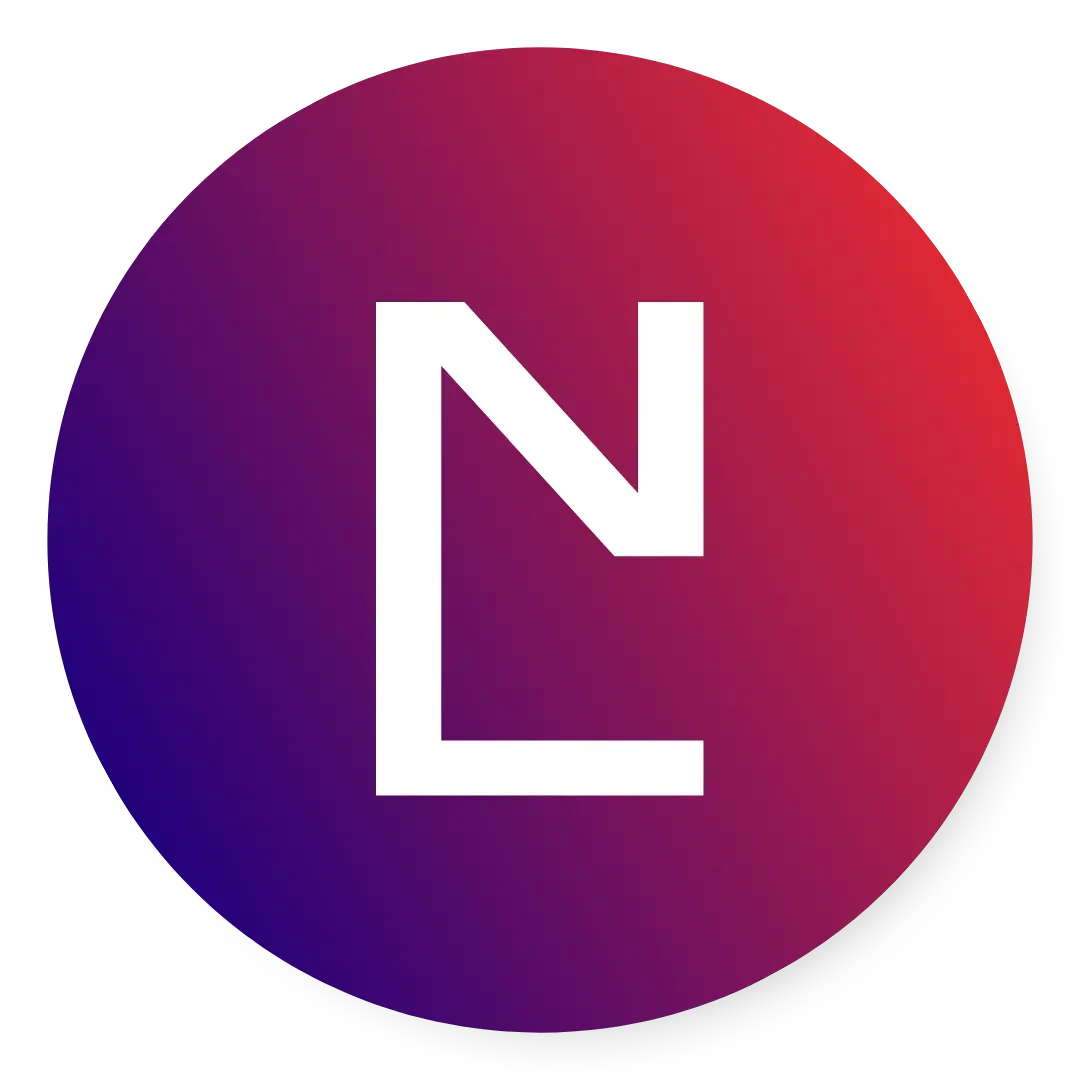
The Ultimate Guide to Starting a Blog for Your Business: Why and How
In today’s digital age, having an online presence is crucial for business success. One of the most effective ways to enhance your online presence is by starting a blog. A well-maintained blog can serve as a powerful marketing tool, driving traffic, engaging customers, and establishing your authority in your industry. This comprehensive guide will walk you through the benefits of blogging and how to start one for your business.
Why Blogging is Essential for Your Business
Blogging offers numerous benefits that can significantly impact your business’s growth and success. Here are some key reasons why you should consider starting a blog:
Boost Your SEO
Search engines love fresh, relevant content. By regularly publishing blog posts, you can improve your website’s search engine rankings. Each blog post provides an opportunity to include keywords, meta descriptions, and internal links, all of which contribute to better SEO.
Keywords: Use relevant keywords in your blog posts to target specific queries your audience may have.
Meta Descriptions: Write compelling meta descriptions to improve click-through rates from search engine results.
Internal Links: Link to other pages on your website to keep visitors engaged and reduce bounce rates.
Establish Authority
A blog allows you to share your expertise and insights on topics related to your industry. By providing valuable information and addressing common questions, you can establish your business as a thought leader, building trust and credibility with your audience.
Expertise: Share your knowledge and experience to demonstrate your expertise.
Trust: Build trust with your audience by consistently providing valuable content.
Credibility: Enhance your credibility by citing reputable sources and providing accurate information.
Engage Your Audience
A blog provides a platform for you to connect with your audience on a deeper level. You can address their pain points, answer their questions, and engage in meaningful conversations. This engagement fosters a sense of community and loyalty among your readers.
Comments: Encourage readers to leave comments and engage in discussions.
Social Media: Share your blog posts on social media to reach a wider audience.
Feedback: Use feedback from your audience to improve your content and address their needs.
Drive Traffic
Quality blog posts can attract new visitors to your website. By providing valuable content that resonates with your audience, you can increase brand awareness and draw potential customers to your site.
Content Marketing: Share your blog posts through various content marketing channels to reach a larger audience.
Guest Blogging: Write guest posts for other reputable blogs to drive traffic back to your website.
Generate Leads
A blog can be an effective lead generation tool. By including calls-to-action (CTAs) and offering valuable content, you can convert visitors into leads and loyal customers.
CTAs: Include clear and compelling calls-to-action in your blog posts to guide readers towards taking the next step.
Lead Magnets: Offer valuable resources such as ebooks, whitepapers, or webinars in exchange for contact information.
How to Start a Blog for Your Business
Now that you understand the benefits of blogging, let’s dive into the steps to start a blog for your business.
Define Your Goals
Before you start blogging, it’s essential to define your goals. Understanding what you want to achieve with your blog will guide your content strategy and help you measure success.
Brand Awareness: If your goal is to increase brand awareness, focus on creating content that showcases your brand’s personality and values.
Lead Generation: If lead generation is your primary goal, create content that addresses your audience’s pain points and offers solutions.
Identify Your Target Audience
Knowing your audience is crucial for creating relevant and engaging content. Conduct market research to understand your audience’s demographics, interests, and pain points.
Demographics: Age, gender, location, income level
Interests: Hobbies, preferences, online behaviour
Pain Points: Common challenges and questions related to your industry
Choose a Blogging Platform
Selecting the right blogging platform is essential for a seamless blogging experience. Popular options include WordPress, Blogger, and Wix. WordPress is a highly recommended platform due to its flexibility and extensive range of plugins and themes.
WordPress: Highly customisable, extensive plugins, SEO-friendly
Blogger: Easy to use, integrates with Google services
Wix: Drag-and-drop interface, visually appealing templates
Plan Your Content
Creating a content plan helps you stay organised and consistent. Outline the topics you want to cover, the frequency of your posts, and any key dates or events to consider.
Content Calendar: Create a content calendar to schedule your posts and ensure consistency.
Topics: Brainstorm topics that are relevant to your audience and align with your goals.
Frequency: Determine how often you will publish new content (e.g., weekly, bi-weekly).
Create High-Quality Content
Quality content is the cornerstone of a successful blog. Focus on providing valuable, well-researched, and engaging content that resonates with your audience.
Research: Conduct thorough research to provide accurate and valuable information.
Structure: Use headings, subheadings, bullet points, and images to make your content easy to read.
Editing: Proofread and edit your content to ensure it is error-free and professional.
Optimise for SEO
Optimising your blog posts for SEO helps improve your search engine rankings and attract more organic traffic.
Keywords: Include relevant keywords in your titles, headings, and content.
Meta Descriptions: Write compelling meta descriptions to improve click-through rates.
Internal and External Links: Include internal links to other pages on your website and external links to reputable sources.
Promote Your Blog
Promoting your blog is essential for reaching a wider audience and driving traffic to your website.
Social Media: Share your blog posts on social media platforms to reach a broader audience.
Email Marketing: Send your blog posts to your email subscribers to keep them engaged and informed.
Guest Blogging: Write guest posts for other reputable blogs to drive traffic back to your website.
Measure Your Success
Tracking and analysing your blog’s performance helps you understand what’s working and what’s not. Use analytics tools to measure key metrics and adjust your strategy accordingly.
Key Metrics: Page views, unique visitors, average time on page, bounce rate, conversion rate
Tools: Google Analytics, SEMrush, Moz
Engage with Your Audience
Engaging with your audience helps build a loyal community and fosters trust and credibility.
Comments: Respond to comments on your blog posts to encourage discussions.
Social Media: Engage with your audience on social media by responding to comments and messages.
Feedback: Use feedback from your audience to improve your content and address their needs.
Starting a blog for your business offers numerous benefits, from boosting SEO and establishing authority to engaging your audience and driving traffic. By following the steps outlined in this guide, you can create a successful blog that supports your business goals and helps you connect with your audience on a deeper level.
Remember, blogging is an ongoing process. Consistency, quality, and engagement are key to building a successful blog. For more insights and tips on starting and maintaining a blog, feel free to check out our resources or take advantage of our Get Wordy With Me packages and have it all done for you!.
Happy blogging!
If you enjoyed reading this, you might also enjoy
How a business blog can skyrocket your visibility and sales
Don’t Let Weak Passwords Sink Your Business: 5 Password Security Tips You Need Right Now


